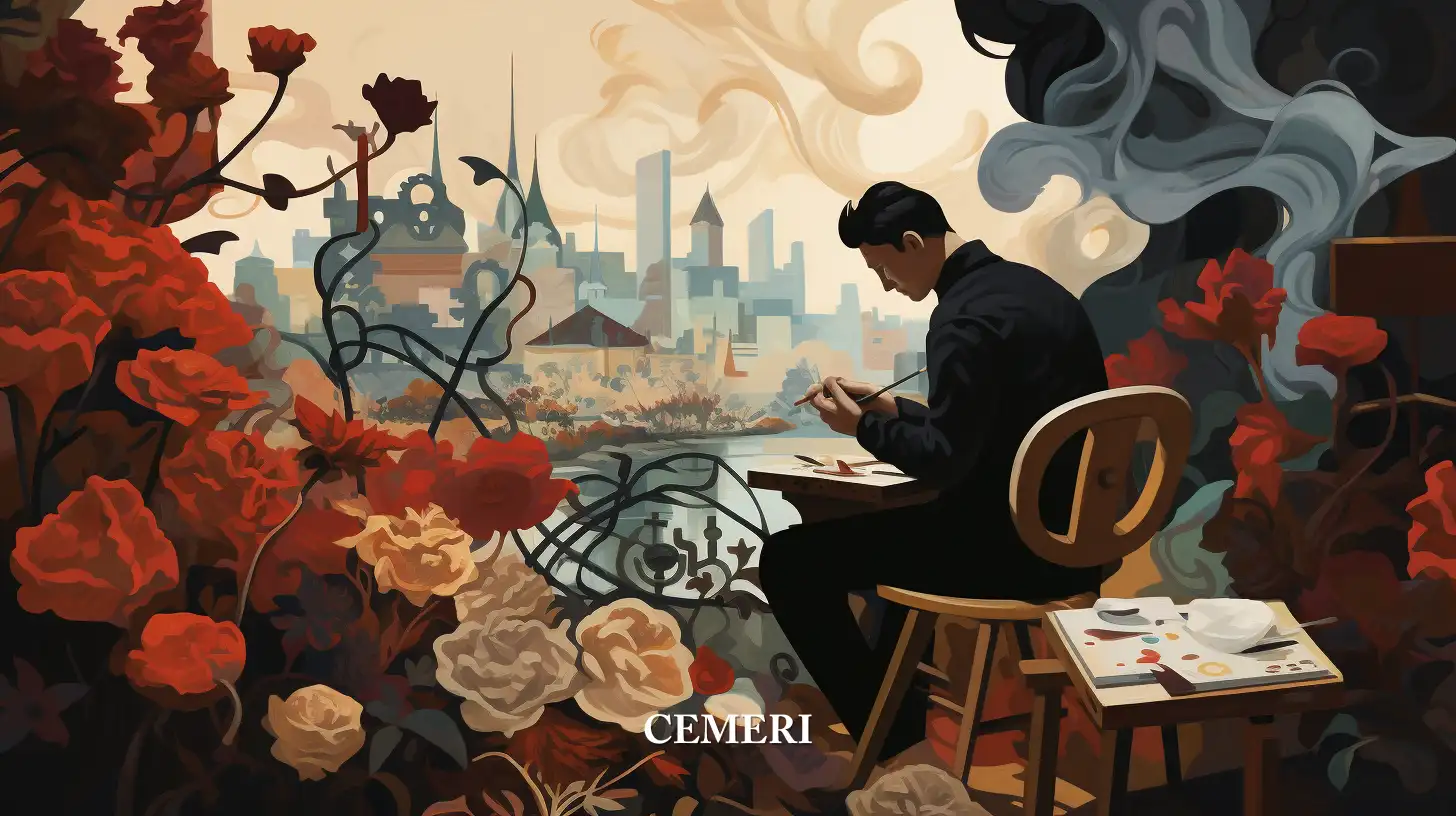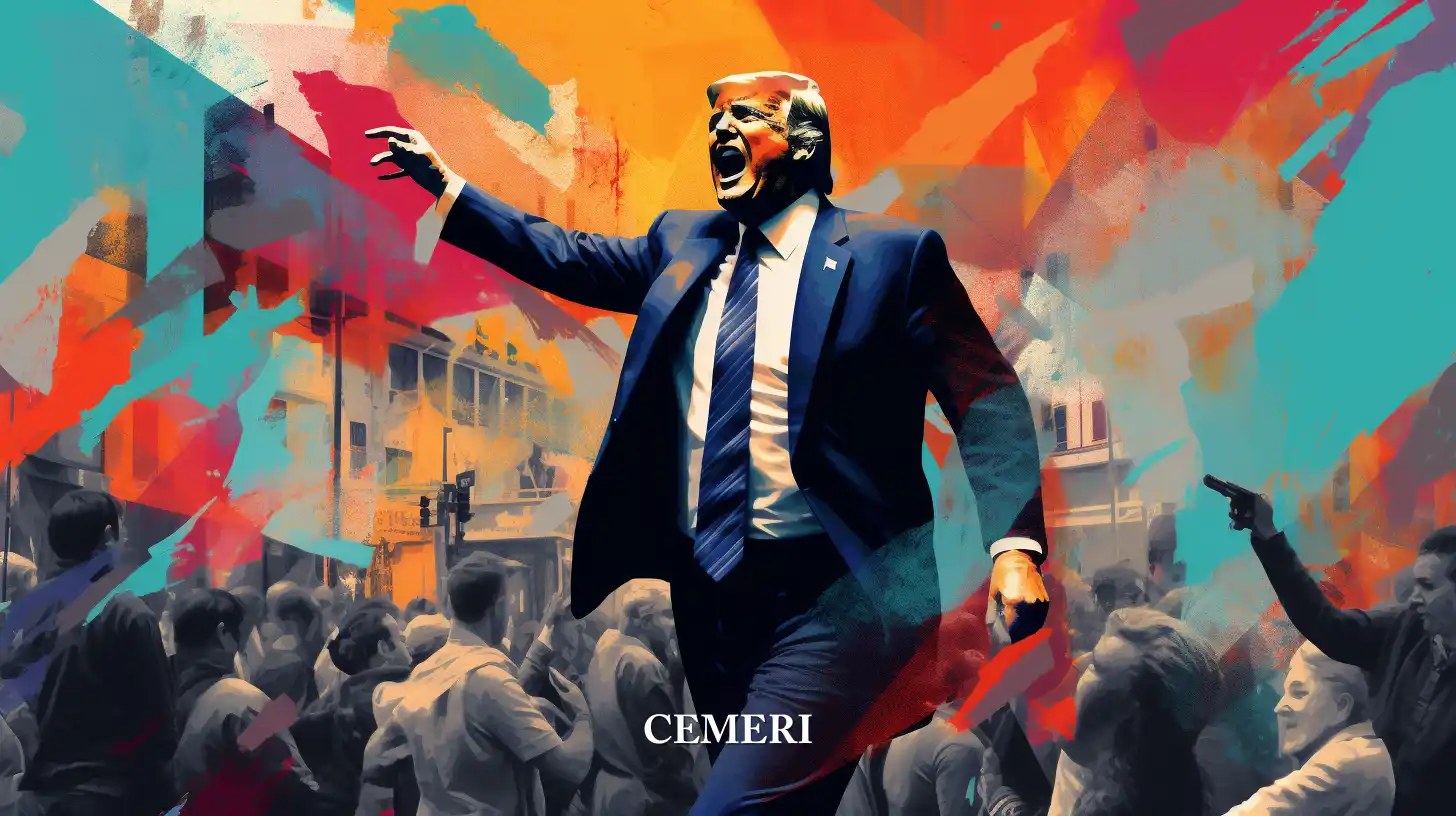Opinion
Melissa Zuleika Cruz Contreras
Creative economy for sustainable development: challenges in a pandemic context
- The creative economy is a sector in which the conceptualization, production and publication of an idea take place, while the creative industries are the engines that drive that economic sector.

On December 19, 2019 —months before the declaration of an international health emergency due to the coronavirus pandemic— the United Nations General Assembly (GA) adopted resolution [74/198](https://undocs.org/pdf ?symbol=es/A/RES/74/198), which decreed 2021 as the International Year of the Creative Economy for Sustainable Development. When that happened, the uncertain panorama that the world would go through after 2020 was still unknown, as well as the negative consequences that the COVID-19 pandemic has generated in the economic sphere and in the creative and cultural industries, a sector that Despite having gained strength in previous years, it is currently not considered part of the key strategies for post-coronavirus economic recovery.
The momentum that the creative economies had taken was interrupted by the economic effects of the pandemic. Although the context seems adverse, the AG's resolution is quite timely, since the sanitary restrictions and confinement decreed in various parts of the world have encouraged the creation of other forms of entertainment and access to culture, albeit at a slower pace. differentiated and according to the economic conditions of each country.
Let us remember that the creative economy is a sector in which the conceptualization, production and publication of an idea take place, while the creative industries are the engines that drive this economic sector.[[1]](//FFD51858-8899 -4408-A114-F1D1A9C1316B#_ftn1) In this way, any artistic representation (cinema, dance, theater, music, photography), developed through technology, design, or disseminated through media such as radio and television, are some examples. of industries that support creative economies, by housing, producing and marketing the creations that reach the hands of the population in a book, a song, a video game or a work of art.
Despite the fact that in other parts of the world a favorable evolution of the sector is observed, in Latin America the creative and cultural industries have been hit hard, since the existence of fragile health systems in the region has forced several countries to prioritize the control of infections and deaths through prolonged periods of confinement —among other restrictions—, causing enormous economic losses and increasing unemployment rates in various sectors.
The current crisis has exacerbated social inequalities that already existed in the region and addressing them will be a priority in the design of public policies[2]. Creative economies face the challenge of participating in this recovery, as well as getting governments to listen to their voices, attend to their needs and recognize the contributions they can make to economic recovery.
This is observed in a study carried out by the [Inter-American Development Bank (IDB)](https://publications.iadb.org/publications/spanish/document/La-pandemia-pone-a-prueba-a-la-economia- creativa-Ideas-y-recomendaciones-de-una-red-de-expertos.pdf), which identifies that, in the short term, the governments of the region must address the high levels of informal employment of people who work in said industry without any provision or guarantee. The difficulties associated with the adoption of a digital paradigm will also be a reason for attention, since the type of infrastructure required to promote the creative economy is usually more common in large cities and, paradoxically, these have been the most affected by the pandemic.
The confinement has also implied for the sector the loss of central nodes for meeting and developing ideas. Given this, betting on the digitization of creative economies is an option that offers many possibilities, since the arts and other industries have found in digital platforms an opportunity to continue reaching those who consume them. In the same sense, disruptions in value chains is another urgent situation, since the economic slowdown has destabilized price fluctuations and the availability of basic inputs for the production of creative goods and services.[[3\ ]](//FFD51858-8899-4408-A114-F1D1A9C1316B#_ftn3)
This scenario shows us the multiple dimensions of the problem, but the opportunity for 2021 to be the year of the creative economy for sustainable development is unmatched. There are 9 years remaining before the deadline set to achieve the objectives proposed in the 2030 Agenda for Sustainable Development is met, and the coronavirus has implied a setback for various processes that around the world were already on their way to meeting their goals. For this reason, it is essential to redouble efforts and the creative sector can represent a viable option to recover economic activity in Latin America.
Mexico, for example, is a cultural benchmark in the region. His music, his history and his different artistic expressions give him a potential worth showing the world. Although the current government has different priorities, it is not unreasonable to demand that culture become one of them. For this, schemes for the dissemination and promotion of the image of our country can be generated through the economic circuits analyzed, as well as sustainable public policies that support them. In the context of the pandemic, the role of culture and entertainment in the formation of resilient societies should not be ignored, nor the networks that can be generated in the field of educational cooperation, nor the benefits that it could even have for the tourism sector. , constantly linked to cultural promotion.
Sources
[\[1\]](//FFD51858-8899-4408-A114-F1D1A9C1316B#_ftnref1) Conferencia de las Naciones Unidas sobre Comercio y Desarrollo, “La economía creativa tendrá su momento en el año 2021”, 13 de enero 2021, [https://unctad.org/es/news/la-economia-creativa-tendra-su-momento-en-el-ano-2021](https://unctad.org/es/news/la-economia-creativa-tendra-su-momento-en-el-ano-2021) (Consultado el 17 de mayo 2021)
[\[2\]](//FFD51858-8899-4408-A114-F1D1A9C1316B#_ftnref2) Organización de las Naciones Unidas para la Educación, la Ciencia y la Cultura, “Culture & COVID-19, Impact and Response Tracker”, 2020, [https://en.unesco.org/sites/default/files/special\_issue\_en\_culture\_covid-19\_tracker.pdf](https://en.unesco.org/sites/default/files/special_issue_en_culture_covid-19_tracker.pdf) (Consultado el 18 de mayo 2021)
[\[3\]](//FFD51858-8899-4408-A114-F1D1A9C1316B#_ftnref3) Banco Interamericano de Desarrollo (BID), La pandemia pone a prueba a la economía creativa, Ideas y recomendaciones de una red de expertos, 2020, [https://publications.iadb.org/publications/spanish/document/La-pandemia-pone-a-prueba-a-la-economia-creativa-Ideas-y-recomendaciones-de-una-red-de-expertos.pdf](https://publications.iadb.org/publications/spanish/document/La-pandemia-pone-a-prueba-a-la-economia-creativa-Ideas-y-recomendaciones-de-una-red-de-expertos.pdf) (Consultado el 19 de mayo 2021)

